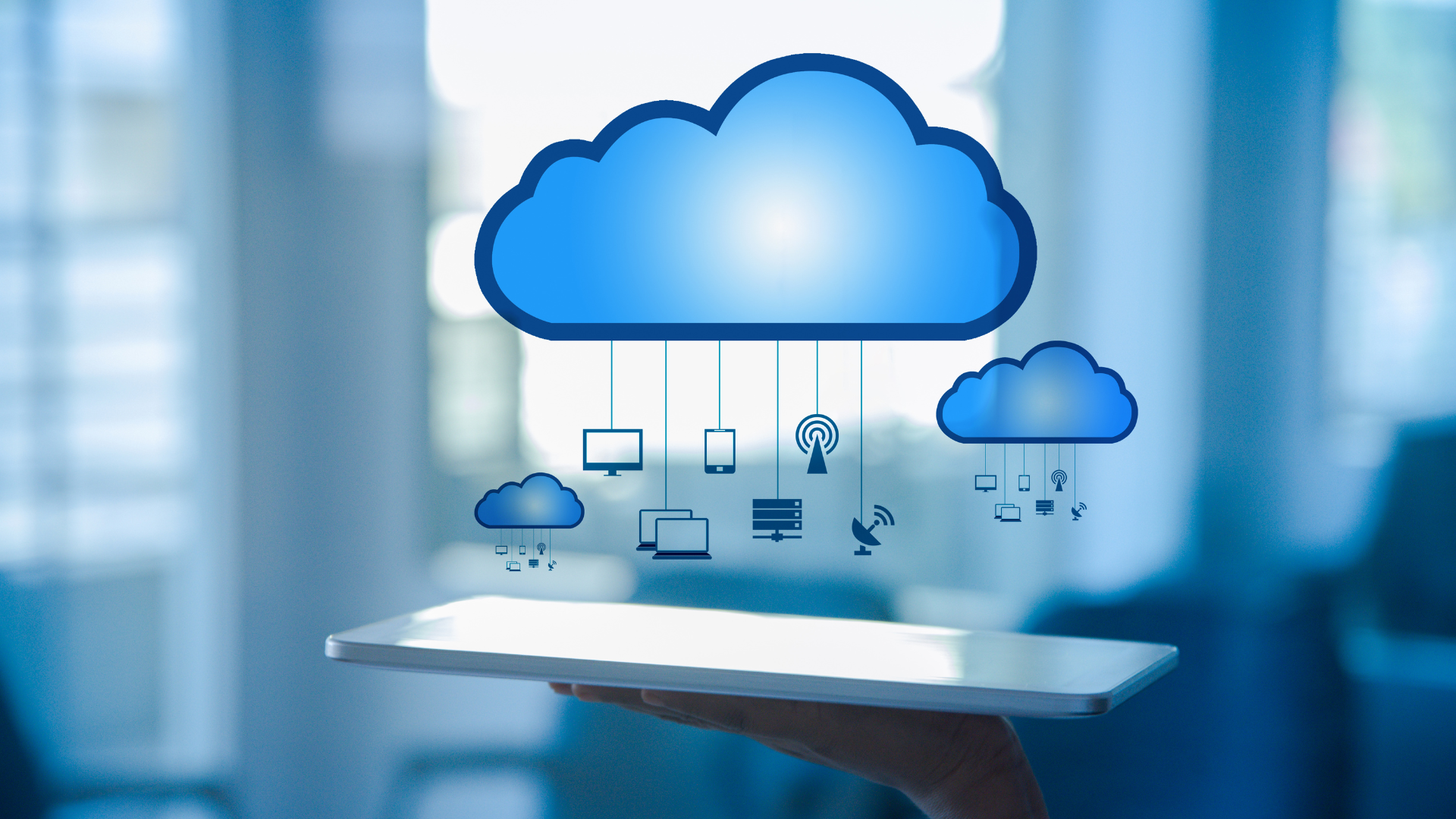Basic Software For Computers: What Do You Need?
Technology is constantly changing and evolving, so it’s important to stay up with the latest updates. In today’s day and age, there are many different pieces of software that you might need on a computer at home or work. This article will break down which pieces of software are needed for different tasks so that you can decide which one is best for your needs!
What is a computer and what does it do?
Computers are electronic devices that enable us to interact with the digital world. They come in many shapes and sizes, but all computers share a few key elements: an operating system (OS), a processor, memory, input/output devices (I/O), and storage.
The OS is the first thing your computer sees when it starts up. It’s responsible for coordinating all of the other software on your computer and setting up the environment in which you can work. There are many different OSes available, but most people use Windows or macOS.
The processor is what does all the hard work on your computer. It handles everything from turning letters into words on a screen to rendering video graphics. The more powerful the processor, the faster your computer will run.
Memory is where your computer stores information temporarily while it works on something else. You’ll need at least 1GB of memory for basic use, but 4GB or more is often recommended for heavy tasks like photo editing or 3D modeling.
Input/output devices are what allow you to interact with your computer visually or even physically via buttons, joysticks, or mice. Some I/O devices also allow you to control other electronic equipment using simple commands sent over the internet (like controlling a home security system).
Storage is where your files live: photos, music albums, documents you’ve created in word processors and spreadsheets…the list goes on and on! A good rule of thumb is to have at least 10GB of storage available for your files.
A computer is just one component of a computer system, and a system usually includes other devices like printers, scanners, and external hard drives. But to give you a basic idea of what all these things do, think of a computer as the brain of the operation and the other devices as its various arms and legs.
What software do you need on your computer to work?
To use a computer, you need an operating system (OS), applications, and data.
Operating System
You need an operating system to control all of the hardware in your computer. Windows is the most popular OS, but there are many others. macOS and Linux also have their own versions of operating systems.
Applications
Applications are programs you can use on your computer. Microsoft Office includes a word processor, spreadsheet, presentation software, and more. Google Chrome has a web browser, mail program, chat program, and more. Adobe Photoshop and Illustrator are two popular graphic design programs.
Data
Data is information you store on your computer. You might want to save your work in a file so you can return to it later. You also might want to store pictures or videos online so other people can see them.
Desktop vs. Laptops
Desktop computers are typically easier to use than laptops, but they don’t offer the same portability or battery life. Laptops are more portable and can last longer on a charge, but they may not have the processing power of a desktop.
Some basic software for both desktops and laptops includes:
- A word processor such as Microsoft Word or LibreOffice Writer
- An internet browser such as Mozilla Firefox, Google Chrome, or Safari
- An email program such as Thunderbird or Outlook Express
- A photo editor such as Photoshop or GIMP
- A music player such as iTunes or Spotify
- A video player such as VLC or MX Player
Some laptops also come with a touch screen and stylus, which can make them easier to use for drawing or writing.
Programs and Help for Different Computers
Apple Mac OS X includes built-in software that can be used to help you work with your computer, including programs like Safari and Photos, iTunes, iMovie, GarageBand, and Pages (word processing). To find out more about what’s included on your Mac, open the “About This Mac” window found under the “System Preferences” menu in the Finder or by pressing Command+Option+A (or selecting About This Mac from the Spotlight search results).
Windows 10 includes a variety of software tools that can help you manage your computer and work with files, including Microsoft Office 365 (including Word, Excel, PowerPoint, and Outlook), Adobe Acrobat Reader DC for PDF files, OneNote for note taking and sketching, Paint for creating graphics and paintings, Groove Music for streaming music from local or online sources, Cortana for managing your devices and settings across multiple Windows 10 devices (including PC’s and smartphones), and Microsoft Edge for browsing the web.
To find out more about what’s included on your computer, open the “System Properties” window by pressing Windows+R (or selecting System from the Start menu search results), and then typing “systemproperties.exe.” For information on how to access different software tools, see the help files that come with those programs.
Computers can do so many amazing things, but if you don’t have the right software installed, they can also be quite challenging to use. In this article, we have shared the most basic software that you will need in order for your computer to function properly. From organizing your files and photos to editing documents and creating graphics, having these programs installed will make using your computer much easier and more efficient. So go ahead and check them all out!


